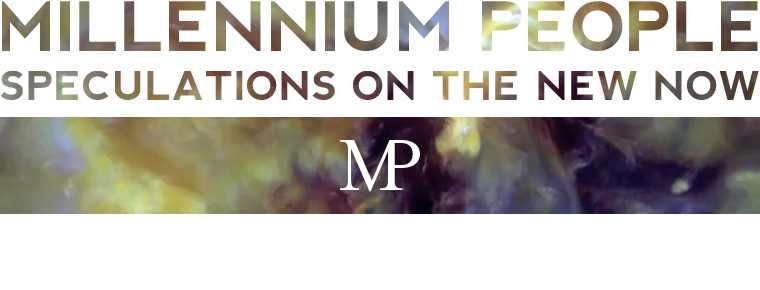
The future of the suburbs: a desert cult of cars.
Sometimes you don't quite get round to doing something, and afterwards you really wish you had. Now that the finalists are up for the Re-Burbia competition (to propose the future of the apparently futureless suburbs), I feel a lot less insecure about my own proposal, which I did not submit because I decided to go on holiday instead.
"It was the urban regeneration schemes of the mid-21st century that spelled the beginning of the end for the concept of the suburbs. Re-zoning into ultra low-density rural and hi-density metropolitan effectively polarised the state, and the suburb as an architype was neither profitable (from an agricultural standpoint), nor sufficiently flexible to keep up with rapidly changing trends in social, and technological organisation. Of course, there was no mass-exodus, no overnight evacuation, no one abandoned their homes (although several economic waves of foreclosures certainly aided departures), only a gradual waning of the suburbs' political and social significance over several generations.
At first, it was simply a question of not having the power. Global production of power dipped significantly, and the cities were prioritised. The countryside had been self-sufficient for decades, leaving the suburbs to suffer. Community groups lobbied for aid, but within a few years the fringes of most cities were managed on a lottery system, determining which streets would be without electricity and for what periods. The rich grouped together to fund their own power plants, implementing elaborate security measures to keep the once-bourgeois proletariat from their stations. Eventually, the wealth of a suburb could be measured simply by counting the bulbs at dusk.
The next crisis was water: it became evident to the cities that the suburbs were occupying too much of the water catchments. Wholesale, but strategic, clearing of houses began with a view to raising the water tables, and reducing the amount of run-off disappearing into the sea. Salvageable materials were stockpiled, but most was left to rot. Urban centres that were not sufficiently dense were re-classified as suburbs – resulting in massive re-settlement plans. Riots broke out amongst those who refused to leave, the peasant children of businessmen quibbling for access to artesian wells.
Sometimes whole cities would burn, with no water or willing manpower to extinguish them. The descendents of these vast suburban landscapes took refuge in the sole infrastructure that endured: the highways. Long since emptied of cars, the mighty roads nonetheless provided order and communication. The suburban refugees restructured themselves into linear societies. Forms that had been designed for speed, efficiency, circulation, now took on other meanings: defence, visibility, advantage. A neo-medieval architecture suggested itself, in the wonderful patterns of a turnpike, or the graceful rise of an on-ramp."

You gotta love a good dystopian vision. I can see this one taking place, and it's partly why I'll be hightailing it out of the city as soon as I can, to get working on my permaculture farm.
ReplyDelete